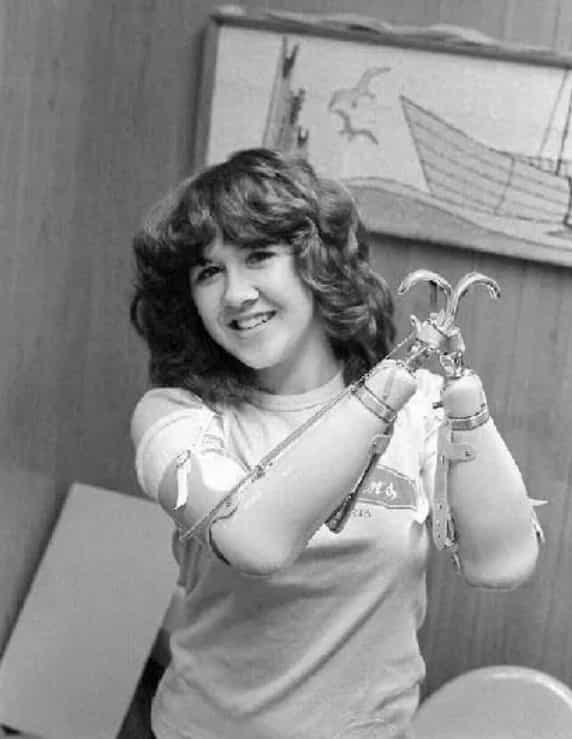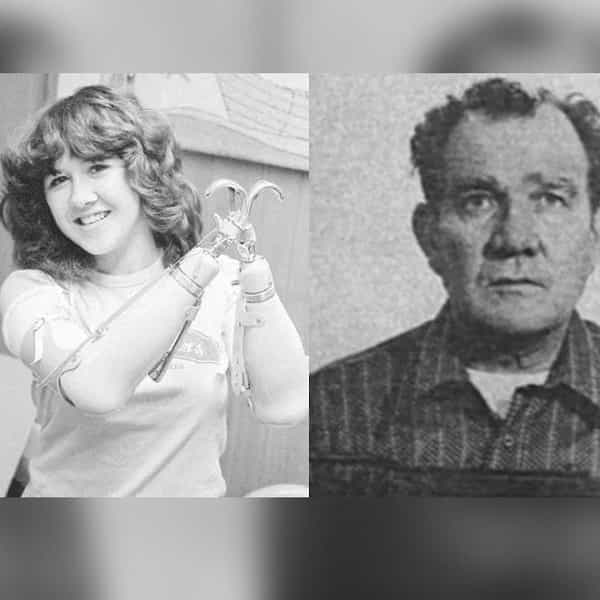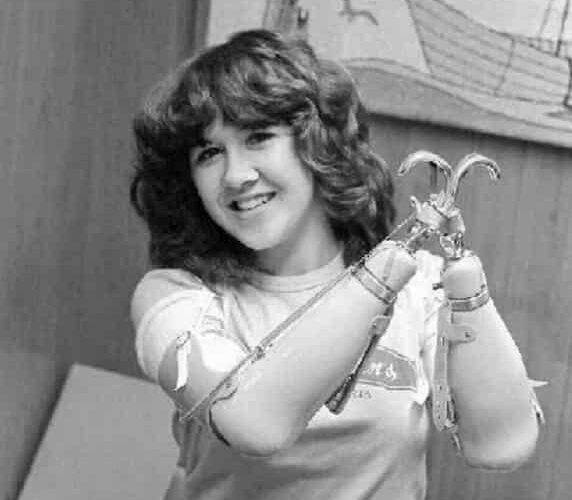The Shocking True Story of Mary Vincent: Survival, Justice, and a Broken System

Mary Vincent was only 15 years old when her life changed forever. In 1978, she survived a horrifying attack by a man named Lawrence Singleton. This story is one of courage, failure in the justice system, and how one woman turned tragedy into strength.
Below, we share Mary’s journey, the shocking crimes of Lawrence Singleton, and why this case still matters today.
Mary Vincent’s Early Life and the Day Everything Changed
Mary Vincent grew up dreaming of becoming a dancer. By age 15, she had already performed in shows in Las Vegas, Australia, and Hawaii. But her family life was rocky. Her parents were divorcing, and in September 1978, Mary decided to run away from her home in Berkeley, California. She planned to hitchhike to Los Angeles to start fresh.
On September 29, 1978, Mary stood by a road, thumb out, hoping for a ride. A blue van stopped, driven by Lawrence Singleton—a 51-year-old man who looked harmless, even grandfatherly. He offered to take her to Interstate 5, a major highway. Mary accepted, not knowing this decision would nearly cost her life.
The Attack: A Nightmare Unfolds
At first, Singleton seemed friendly. But when he missed the turn for Interstate 5, Mary grew nervous. She grabbed a surveyor’s stick (a sharp tool in the van) and demanded he turn around. Singleton apologized, calling it a “mistake,” and headed back.
Later, he pulled over, claiming he needed to urinate. Mary stepped out for air. As she tied her shoe, Singleton struck her head with a hammer. She fell unconscious.
What happened next was pure evil. Singleton raped Mary, then used a hatchet to chop off both her arms. He threw her body down a 30-foot cliff into a ravine in Del Puerto Canyon, California, leaving her to die.
A Miracle Survival
Miraculously, Mary woke up hours later. Despite losing massive amounts of blood, she climbed out of the ravine. Naked and bleeding, she walked to a road, holding her injured arms up to slow the bleeding. Two women driving by found her and rushed her to the hospital.
Doctors saved her life, but her arms were gone. Mary gave police a detailed description of Singleton. A sketch based on her account was so accurate that Singleton’s neighbor recognized him and called the police. He was arrested days later.
Justice Failed Mary Vincent
In 1979, Singleton was convicted of rape, kidnapping, and attempted murder. But due to California’s weak laws at the time, the maximum sentence was 14 years. Even worse, he served only 8 years and 4 months before being released for “good behavior.”

Before his release, prison psychiatrists warned that Singleton was still dangerous. He had even sent threatening letters to Mary’s lawyer. Yet, he was freed in 1987. Mary lived in terror, fearing he would come back to kill her.
Singleton’s Second Murder and Mary’s Courage
After his release, Singleton moved to Florida, where locals protested his presence. But in 1997, he committed another horrific crime. A painter saw Singleton through a window, repeatedly stabbing a woman on his couch. Police arrived to find 31-year-old Roxanne Hayes dead. She was a mother of three who had agreed to meet Singleton for $20.
When Mary heard about Roxanne’s murder, she knew she had to face Singleton again. At his trial, she bravely testified, pointing at him with her prosthetic hook and telling the court: “I was raped. I had my arms cut off. He used a hatchet. He left me to die.”
This time, Singleton received the death penalty. He died in prison in 2001 from cancer before his execution. Mary felt cheated, saying, “I wanted to look into his eyes… I won’t be able to find out whatever I was looking for.”
Mary’s Journey to Healing
After the attack, Mary struggled. She lost her dancing career, battled depression, and faced financial hardship. But over time, she rebuilt her life. She married, had two sons, and earned a degree from the University of Nevada, Las Vegas.
Mary also discovered a hidden talent: art. Though she’d never drawn before, she began creating vivid pieces. “My artwork inspired me and gave me self-esteem,” she said. She became a vocal advocate for victims’ rights, sharing her story to warn others about the dangers of hitchhiking.
How This Case Exposed Flaws in the Justice System
Lawrence Singleton’s crimes highlighted glaring problems in the legal system:
- Weak Sentencing Laws: In 1978, California’s maximum penalty for violent crimes was shockingly low.
- Parole Failures: Despite clear warnings, Singleton was released early.
- Lack of Support for Victims: Mary received little help after the attack, leaving her homeless at times.
This case pushed lawmakers to reform sentencing laws, including California’s “Three Strikes” rule, which keeps repeat offenders in prison longer.
Mary Vincent’s Legacy
Today, Mary’s story is a symbol of survival. She teaches us that even in darkness, there is hope. Her advocacy has inspired laws to protect victims and hold criminals accountable.
FAQ About Mary Vincent and Lawrence Singleton
1. Who is Mary Vincent?
Mary Vincent is a survivor of a brutal attack in 1978. She lost both arms but became a advocate for victims’ rights.
2. What happened to Lawrence Singleton?
Singleton was convicted of attacking Mary and later murdering Roxanne Hayes. He died in prison in 2001.
3. Why was Singleton released early?
Weak sentencing laws in the 1970s allowed early parole, despite warnings he was still dangerous.
4. How did Mary survive losing her arms?
Mary used sheer willpower to climb out of a ravine and flag down help. Doctors saved her life with emergency surgery.
5. What changes did Mary’s case bring?
Her story led to tougher sentencing laws and better support for crime victims.

